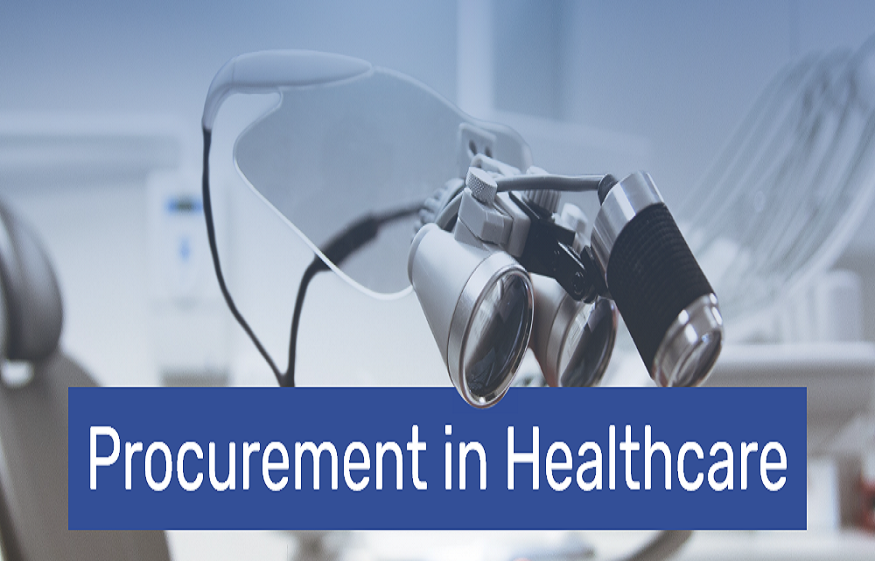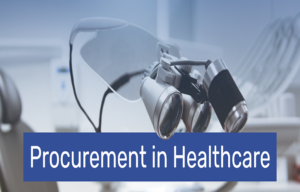Digital Procurement in Healthcare: Lessons Dentistry Can Teach Other Specialties
4 min read
Healthcare has always relied on strong supply chains. From surgical gloves to implant systems, providers need the right products at the right time to deliver safe, reliable care. Yet many medical fields still struggle with outdated procurement models, leaning heavily on layers of distributors and complicated contracts.
Dentistry, however, has been quietly leading the way toward something different: digital procurement. With streamlined online platforms, dental professionals have embraced e-commerce faster than many other healthcare specialties. This shift offers valuable lessons for clinics, hospitals, and labs everywhere.
Why Dentistry Moved Ahead
Dentistry has always been a complex field when it comes to sourcing. A single practice might order restorative composites, orthodontic brackets, implant systems, burs, and lab materials, all from different suppliers. Managing this through phone calls and distributor reps was inefficient, expensive, and prone to delays.
As e-commerce platforms became common in other industries, dentistry adopted them quickly. By moving procurement online, dental professionals gained centralized access to thousands of products with clear pricing and faster shipping. In a profession where chair time is valuable, reducing supply headaches became an obvious win.
Transparency and Efficiency
One of the biggest advantages of digital procurement is transparency. Instead of negotiating through middlemen, clinicians can see upfront prices, compare products, and make informed decisions on the spot.
This not only cuts costs but also improves efficiency. If a practice realizes they are low on endodontic files or orthodontic supplies, they can place an order instantly and track its arrival. That kind of responsiveness is still rare in many parts of healthcare, where long lead times remain the norm.
Global Access and Resilience
Dentistry has also shown how global sourcing can strengthen supply chains. When one region experiences shortages, digital platforms allow providers to tap into international inventories. This became especially clear during the pandemic, when local distributors struggled to meet demand.
By creating broader access, digital platforms add resilience. Clinics are less likely to cancel or postpone treatments simply because a single distributor is out of stock. Instead, they can rely on centralized catalogs that span multiple regions.
The Human Side of Digital
While digital procurement is about technology, it doesn’t remove the need for human support. Dental professionals still value responsive service, especially when navigating regulatory compliance or comparing similar products. The difference is that customer service now complements an efficient online system rather than replacing it.
This hybrid model where technology handles routine tasks and people handle complex questions, strikes a balance that works for dentistry and could easily benefit other healthcare specialties.
Lessons for Broader Healthcare
So what can medicine learn from dentistry’s digital shift?
- Efficiency is critical. Ordering should be as fast and transparent as possible, cutting out unnecessary steps.
- Global access reduces risk. Broad sourcing networks help prevent shortages.
- Standardization matters. Clinics save time and money when they can rely on a smaller, more compatible set of products.
- Support must remain. Even in digital models, clinicians still expect human help when needed.
These principles can guide hospitals, surgical centers, and even general medical practices as they explore new procurement options.
A Real-World Example
One reason dentistry’s digital transition has worked is because platforms have evolved with the profession’s needs. Take WholeDent, for example. Its catalog spans everything from implants to orthodontic and restorative materials, giving professionals a single, reliable hub for sourcing. By offering clear pricing, compliance-focused products, and international reach, it demonstrates how digital procurement can simplify logistics while maintaining quality.
For clinicians and labs, this means less time worrying about supplies and more time focused on patients. That model should feel familiar to anyone in healthcare, regardless of specialty. After all, every provider faces the same challenge: how to balance operational efficiency with excellent patient care.
The Road Ahead
As healthcare becomes more digital, procurement will continue to evolve. Dentistry may only be the starting point. In the future, artificial intelligence could help predict clinic needs before shortages occur, blockchain could verify product authenticity, and integration with management systems could allow automatic reordering.
For now, the lesson is simple. By adopting digital procurement models, healthcare providers can cut costs, reduce delays, and improve resilience. Dentistry has already proven it works. The rest of healthcare just needs to catch up.
Conclusion
The rise of digital procurement in dentistry offers a glimpse into the future of healthcare supply chains. With transparency, global access, and hybrid support, this model balances efficiency with reliability.
Other healthcare specialties have much to gain by following dentistry’s lead. By embracing digital platforms, they can avoid shortages, improve planning, and give patients the smooth, timely care they expect.
And for dentistry itself, platforms like show how digital supply solutions can keep professionals focused on what matters most: delivering excellent patient care.






